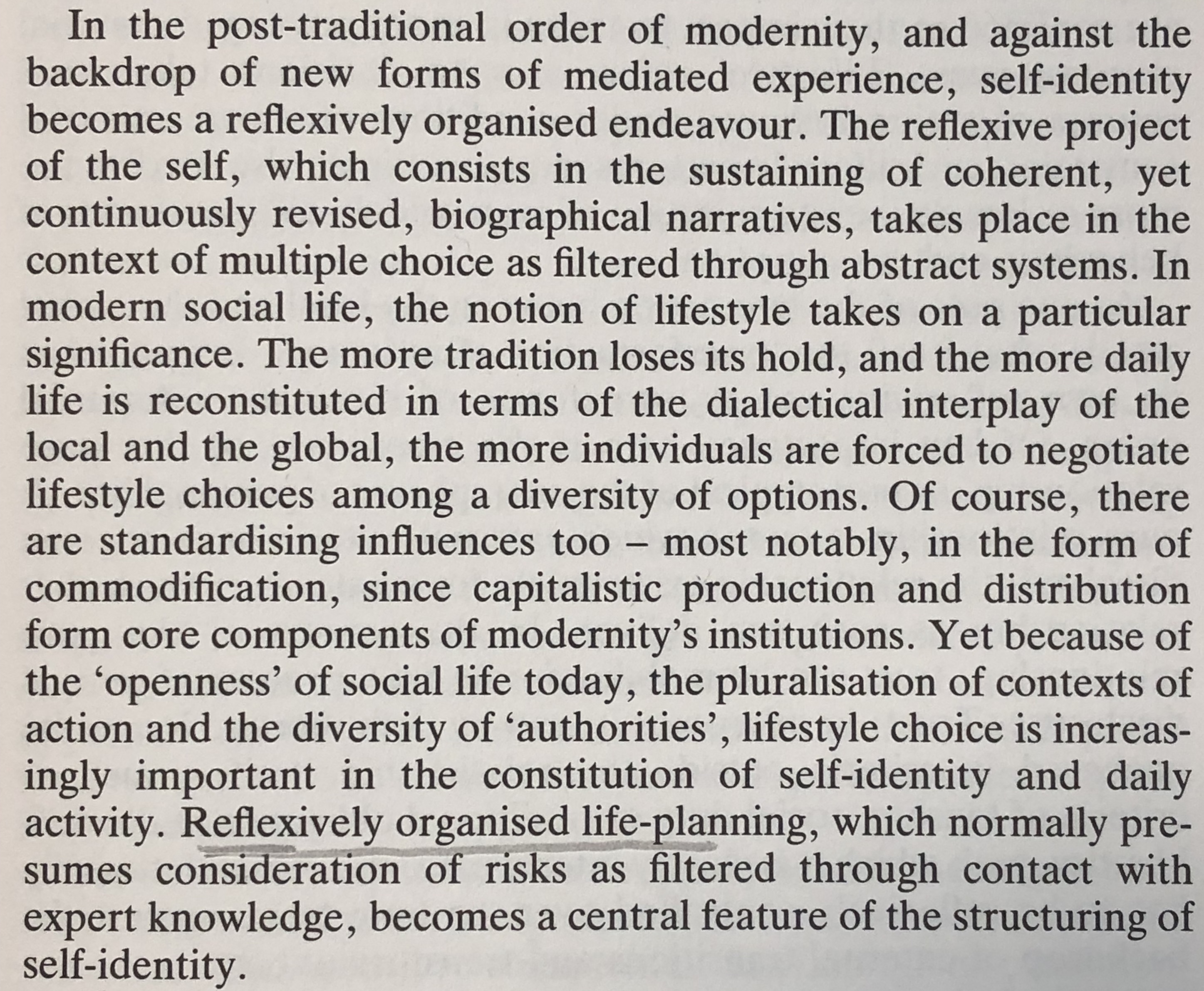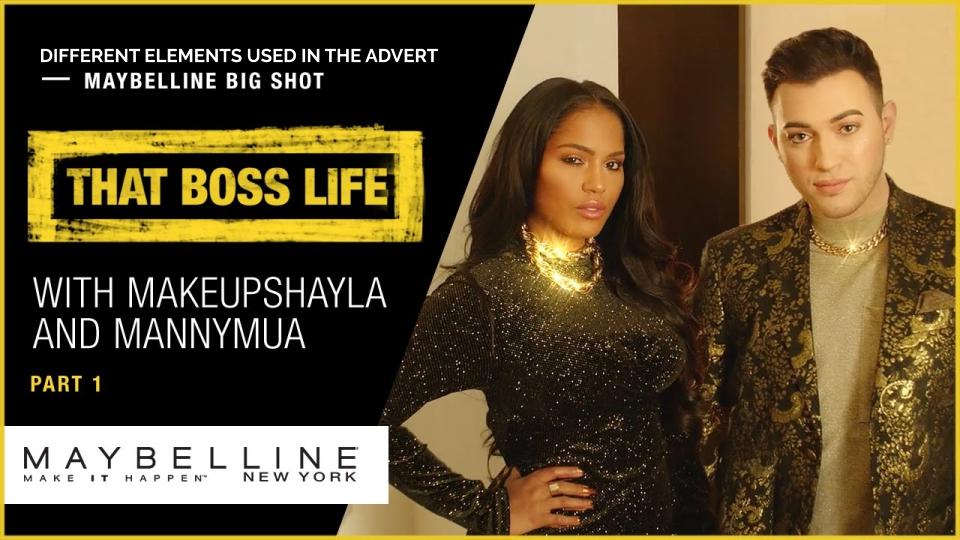For our next CSP (number 3 of 9) we are looking at the area of ADVERTISING AND MARKETING, in the exam, you may well be asked to respond to this set text in terms of MEDIA LANGUAGE AND/OR REPRESENTATION. This CSP will appear in Section A of your exam paper.
So first of all here is the CSP that we are looking at:
TASK 1: TECHNIQUES OF PERSUASION
As this is looking at advertising the first task is to think about (and make some notes on) the way in which advertising persuades a specifically targeted audience to consume its product. In terms of the expectations from the exam board:
Students should be able to demonstrate knowledge and understanding of the persuasive techniques used in the advert and issues surrounding brand values, brand message, brand personality and brand positioning should inform the analysis.
So please watch this advert a couple of times, discuss with your friends and be prepared to feedback your answers to the whole class, think specifically about the following questions:
- Think about how Maybelline created an advert for this product. What elements are used to make this advert? What media techniques are used in this advert?
- What is the brand message and what values does this hold for a modern audience? What makes this advert different?
Have a look at some of the following articles to help your understanding (and note-taking)
https://www.glamour.com/story/manny-gutierrez-maybelline-campaign
https://yourstory.com/2017/01/manny-gutierrez/
Maybelline Recruits Manny Gutierrez as Its First Male Beauty Star
You should also read page 15 of this Media Magazine ed 63 and you could try reading small sections of this academic paper called: Persuasive Techniques used in Marketing and Advertising, a thesis by Elizaveta Baryshnikova
Finally think about how you are going to feedback your ideas and share your notes.
Oh and also . . . don’t forget about how different audiences may interpret the same message in different ways . . . (remember? Stuart Hall and the Theory of Preferred Reading?)
The Language of Moving Image
It is possible to look at the Language of moving image from 2 perspectives 1) TECHNICAL CODES & 2) NARRATIVE. So firstly, make up a table that looks like the one below and in small groups fill in as much information as you can – you will need to watch the clip several times to do this. Upload the completed (shared) table to your blog. You may find this page useful: http://mymediacreative.com/blog/2019/04/20/language-of-moving-image-2/
| Technical Code | Denotation (ie what is it – simply describe what you see / hear) | Connotation (ie what does it signify) |
| Setting | ||
| Clothing | ||
| NVC | ||
| Dialogue | ||
| Sound Effect | ||
| Music | ||
| Camera shot size | ||
| Camera movement | ||
| Editing |
Next apply the following 3 narrative theories to the maybeline advert:
- Todorov’s Theory of Narrative Equilibrium
- Levi-Straus Theory of Binary Opposition
- Propp’s Theory of Narrative Characters Types
Again use a table to show your understanding. You may find this page useful: http://mymediacreative.com/blog/2019/04/22/narrative/
| Theorist | What does it mean (in your own words) | How does it apply to the advert (in your own words) |
| Equilibrium | ||
| Binary Opposition | ||
| Character Types |
THE EXAM
- Look at the exam papers on the planner page.
- Look at the section A.
- Section A is focused on LANGUAGE AND REPRESENTATION
- Section A looks at 3 CSP’s / Media forms:
advertising and marketing
magazines
video games
- That means we have finished this section!
- Therefore can you answer the questions from this section (if they were based on this year’s CSP’s? Mens Health, Tomb Raider, Maybelline)
PREPARATION FOR THE EXAM
If this CSP comes up in the exam you can expect your question to be based around discussion of the Maybelline advert mainly on representation of gender, age, ethnicity and lifestyle with opportunities for direct comparison with other advertising CSPs.
- The way the media through re-presentation constructs versions of reality
- How and why stereotypes can be used positively and negatively
- The processes which lead media producers to make choices about how to represent social groups
- How audience responses to interpretations of media representations reflect social, cultural and historical attitudes
- The effect of social and cultural contexts on representations
- Theories of representation including Hall
- Theories of identity including Gauntlett
Therefore make sure you are confident in this area and to test your knowledge can you present a comparison between this CSP and one other CSP that we have looked at so far. Again think about how you wish to organise your ideas and feedback your presentation.
Make sure you analysis is focused on MEDIA LANGUAGE and REPRESENTATION. Try to make some insightful points rather than stating the obvious, for example, discuss the use of semiotics, the notion of preferred reading and the concept of self-identity in Modernity (Giddens) see below.
I suggest you look at this post of mine about Media Language to make sure that you understand what it means ie it is much more than spoke or written communication and is specific to each media form.
TASK 2: THEORIES OF REPRESENTATION
Read this extract from a book called Modernity and Self Identity: Self and Society in the Late Modern Age, written by Anthony Giddens.

here is an edited version:
“The reflexive project of the self, which consists of the sustaining of consistent, yet continuously revised, biographical narratives, takes place in the context of multiple choice as filtered through abstract systems. In modern social life, the notion of lifestyle takes on a particular significance. The more tradition loses it hold, and the more daily life is reconstituted . . . the more individuals are forced to negotiate lifestyle choices among a diversity of options. Of course there are standardising influences . . . Yet because of the ‘openess’ of social life today, the pluralisation of contexts of action and the diversity of ‘authorities’, lifestyle choice is increasingly important in the constitution of self-identity and daily activity.”
Can you translate some of his ideas? For example, what is reflexivity? If you need more help you can read this post from my own blog: Representation, Identity & Self
Non-Binary, Intersex, CIS and . . .
Ayesha Tan Jones is a non-binary artist and musician who goes by the stage name ‘YaYaBones’
Once you have thought about this, think about the concept of a ‘non binary identity’. Follow this link to find out more. What does this mean to you? How do you feel about it? What about the concept of CIS? Or Intersex?
Do these concepts help you to understand the idea behind the Maybelline marketing campaign?
Again discuss this with your group of friends, make notes and be prepared to feedback to the rest of the class.
So how is the traditional male representation adjusting to this new world from the perspective of Advertising & Marketing?

